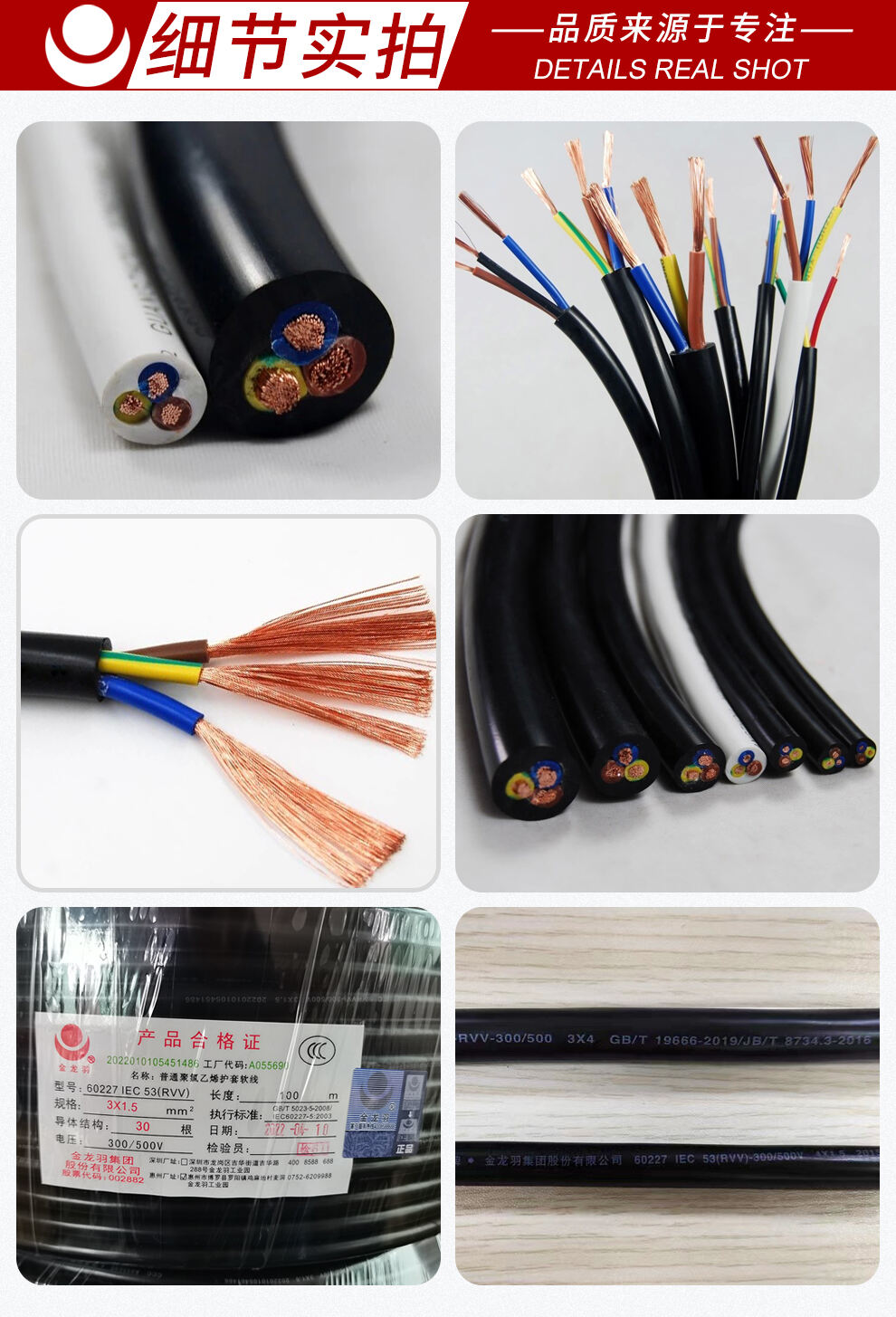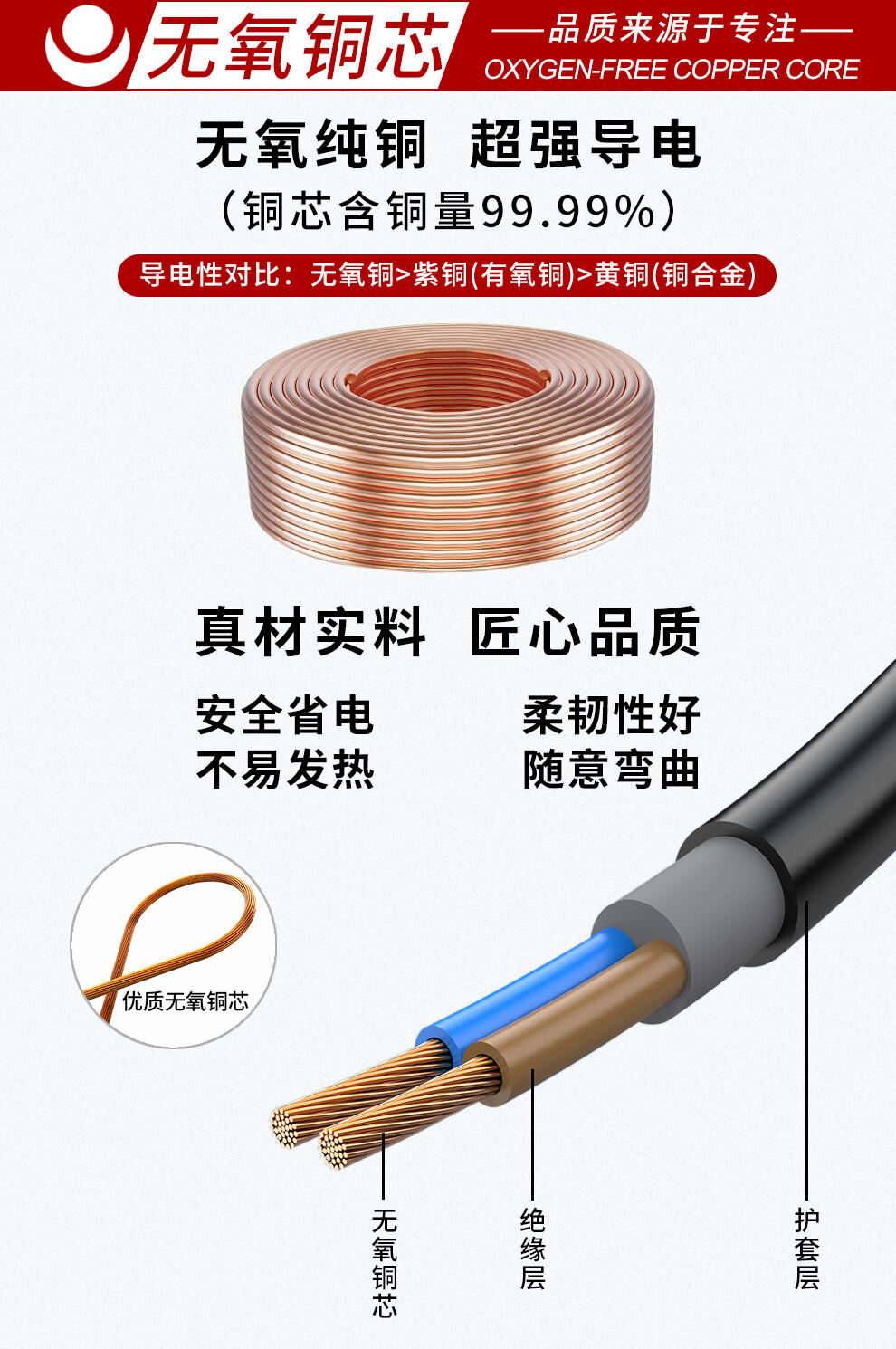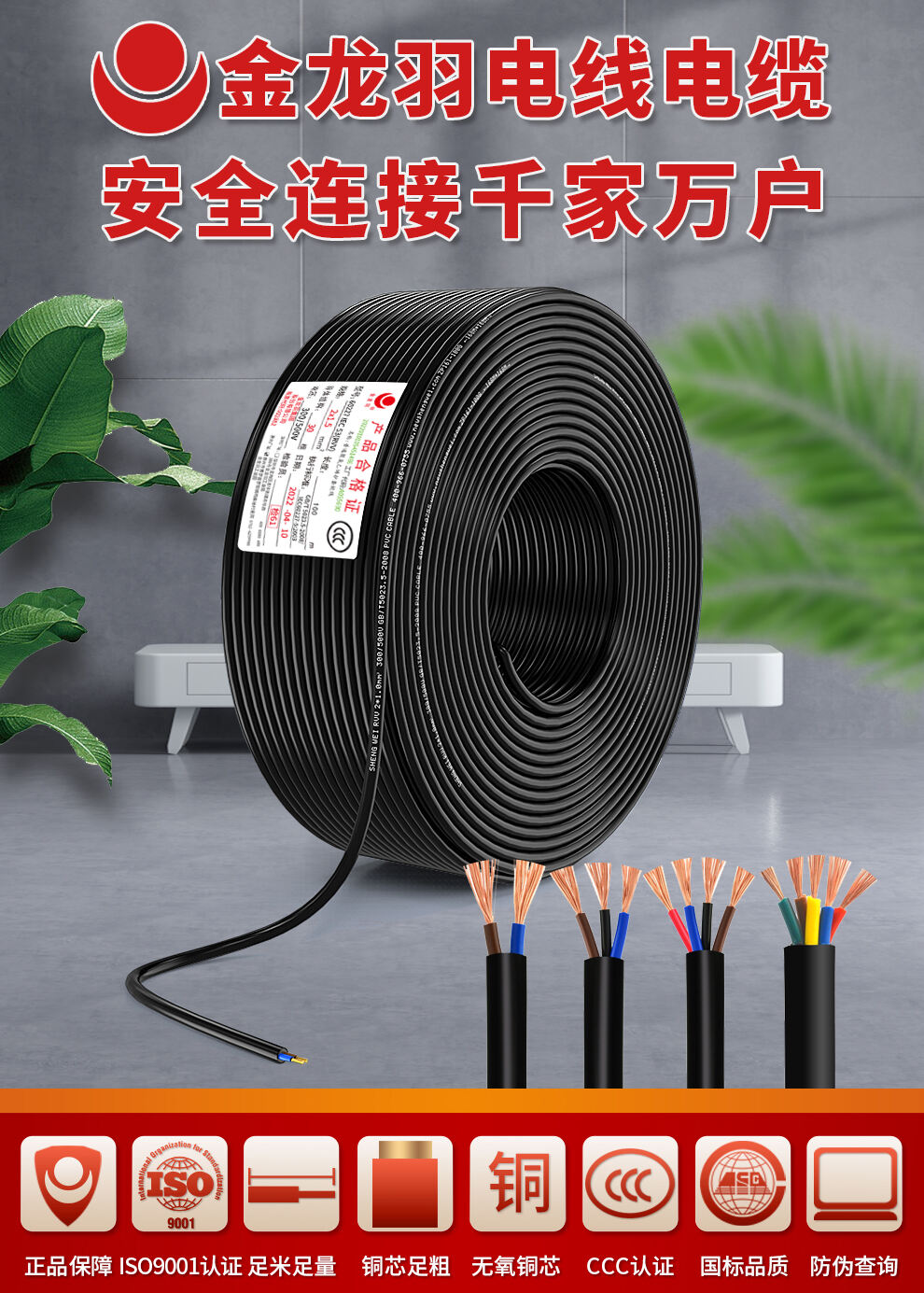Installing control cables safely requires a systematic approach to ensure reliability and prevent hazards. First, conduct a thorough site assessment to identify potential risks, such as environmental factors like temperature, moisture, and electromagnetic interference, and select cables with appropriate certifications, such as those compliant with BS EN standards and flame-retardant ratings. Proper routing is essential: avoid running control cables parallel to high-voltage power cables to minimize interference, and use cable trays or conduits for protection. Ensure correct termination by stripping the insulation without damaging the conductors, using suitable connectors and following manufacturer guidelines. Grounding is critical to prevent electrical shocks and signal interference, with dedicated grounding conductors installed in accordance with local regulations. During installation, maintain proper bending radii to avoid insulation damage, as specified in standards like BS 6231. After installation, perform comprehensive testing, including insulation resistance and continuity tests, to verify functionality. Regular maintenance checks should be scheduled to identify wear and tear, ensuring long-term safe operation.


